(From "Three Men in a Boat" by
Jerome K. Jerome. Adapted)
b) Answer the following questions:
1. What made the narrator object to the sea trip? 2. Why did his brother-in-law sell his return
ticket? 3. How did he describe the advantages of a sea trip to the youth who bought his ticket?
c) Point out the Hues and passages that you consider humorous. Is it humour
of situation or humour of words! (Analyse each case separately.)
XII. Speak individually or arrange a discussion on the following:
1. What attracts people in the idea of travelling?
2. Is the romantic aspect of travelling still alive in our time?
3. The celebrated travellers of the past.
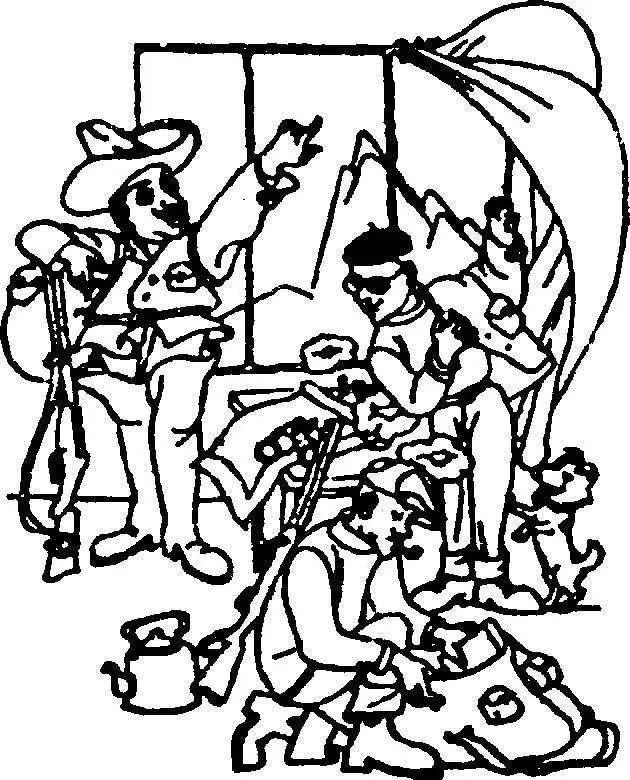
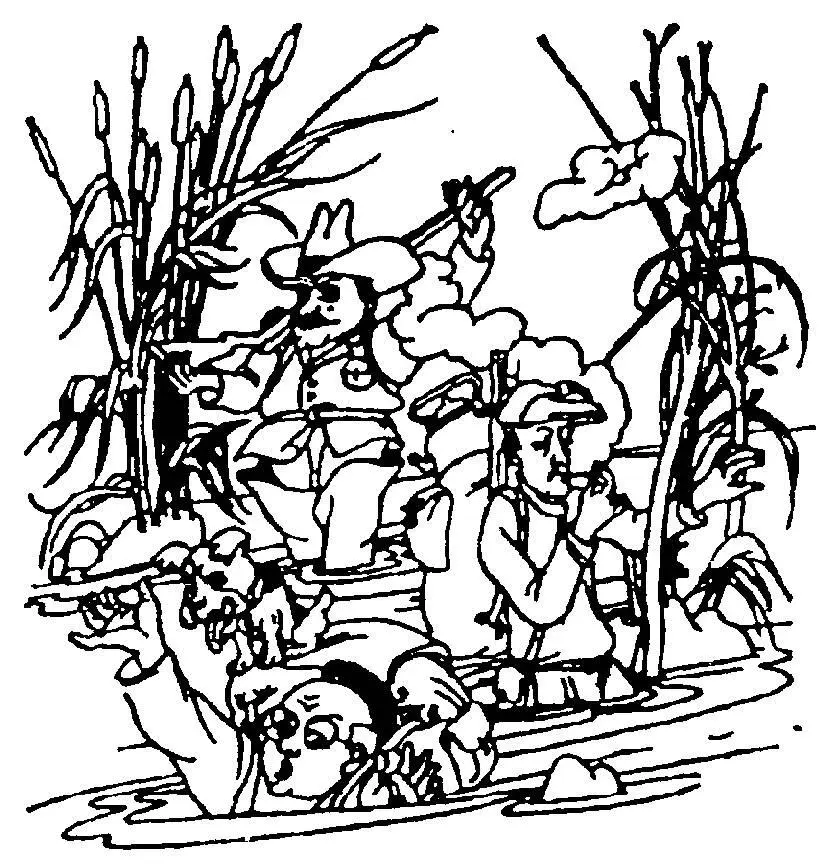
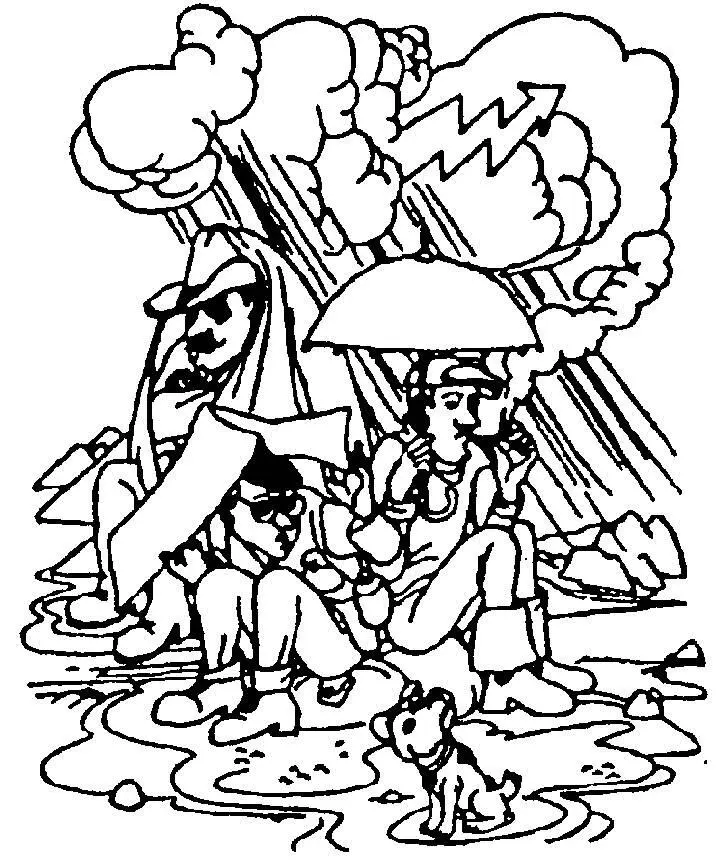

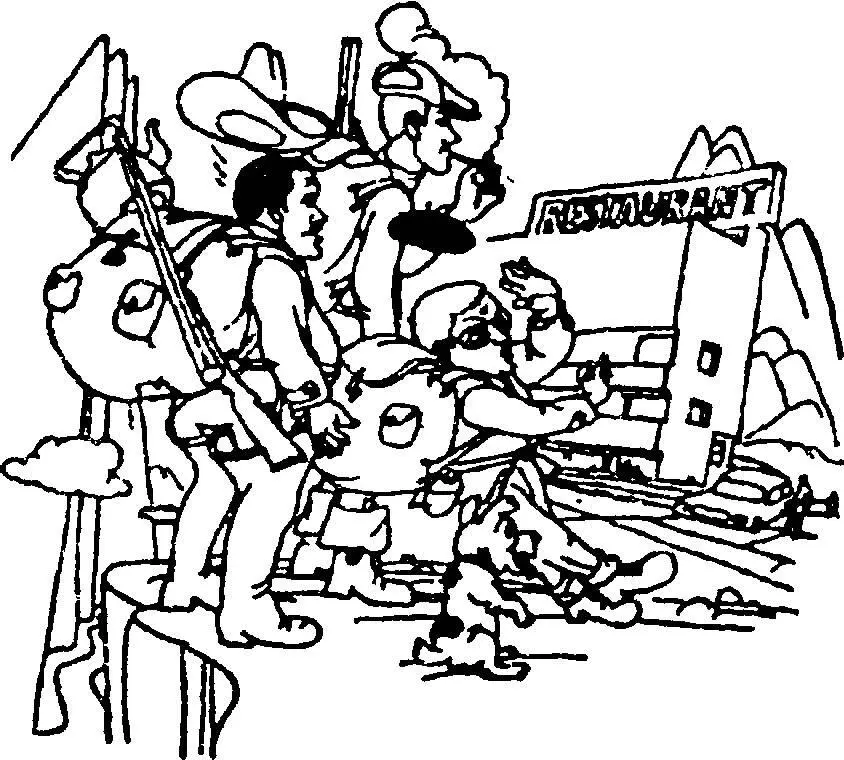
4. Where and how would you like to travel?
ХIII. Try your hand at teaching.
1. Arrange and run a conversation on the following text:
The Only Way to Travel Is on Foot
When anthropologists turn their attention to the twentieth century, they will surely choose the
label "Legless Man". Histories of the time will go something like this: "In the twentieth century
people forgot how to use their legs. Men and women moved about in cars, buses and trains from a
very early age. The surprising thing is that they didn't use their legs even when they went on holiday.
They built cable railways, ski-lifts and roads to the top of every huge mountain."
The future history books might also record that we did not use our eyes. In our hurry to get
from one place to another, we failed to see anything on the way. Air travel 0ves you a bird's-eye view
of the world. Car drivers in particular, never want to stop. The typical twentieth-century traveller is
the man who always says 'I've been there' — meaning, "I drove through it at 100 miles an hour on
the way to somewhere else."
When you travel at high speeds the present means nothing: you live mainly in the future,
because you spend most of your time looking forward to arriving at some other place. But actual
arrival when it is achieved, is meaningless. You want to move on again. The traveller on foot, on the
other hand, lives constantly in the present. He experiences to present moment with his eyes, his ears
and the whole of his body. At the end of his journey he feels a delicious physical weariness. He
knows that sound satisfying sleep will be his: the just reward of all true travellers.
Arguments:
For:
Against:
1. Even on holiday: cable railways, ski-lifts,
1. Foolish to climb a mountain when there's a railway
roads to tops of mountains.
or road up it
2. When travelling at high speeds present means
2. Travelling at high speeds is a pleasure in itself.
nothing: life in future.
3. Traveller on foot: lives constantly in present
3. Travelling on foot: exhausting: you get nowhere fast
4. Typical twentieth-century traveller: "I've been
4. It's now possible to see many countries, meet people
there." Italy, Delhi, Irkutsk; through at 100 miles anof all nationalities.
hour.
2. Think of some other arguments and counter-arguments to carry on the discussion.
(See "Classroom English", Section IX.)
XIV. A. Do yon know how to act sensibly when out in the wilds? If not, the text
below might help you:
If you are setting off on a walking tour, take a compass, a map and first-aid equipment with
you. Even the most experienced can lose their way in the vast uninhabited areas. If you get lost don't
lose your head. Instead be sensible, try to give some indication of where you are and keep yourself
warm. And remember: never go off alone, and inform someone at your point of departure where you
intend to go, and what route you intend to take.
B. Describe the pictures. Use the suggested phrases.
С See if the travellers have acted sessibly. Support your idea.
a) give me a walking tour every time; you can't beat (hitch-) hiking; need you take so much
luggage? b) to get to wild, uninhabited places; to be hardly able to go on; to be nearly drowned in a
swamp; unimaginable hardships; to overcome the obstacles; c) there was a turn in the weather, it
was pouring; flashes of lightning, rolls of thunder, I wish I were in a railway carriage now!; d) to
climb the steepest rocks; to face the danger of...; to get to places where no man's foot has ever
stepped; e) to reach the top in safety, to be hardly able to believe one's eyes; you could knock me
down with a feather.
STUDIES OF WRITTEN ENGLISH
VIII
Different patterns of writing (see "Studies" in Unit One) seldom occur alone, more often they
blend into one another, especially in letter writing.
Letteris a specific kind of written composition involving a concrete writer, message and a
concrete reader. In many ways it is a free composition. A letter is in a sense, a theme, governed by
the same rules of writing that govern every other kind of composition. It must be clear, well
organized, coherent. And it should be interesting.
But a letter is also governed by certain other laws, or conventions of usage, which the letter
writer cannot ignore.
These are the parts of a letter: the heading, the inside address, the greeting, the body of the
letter, the complimentary close, the signature.
For each of these parts usage has prescribed certain set forms depending on different types of
letters — personal or business letters, informal or formal social notes.
The heading.The parts of a heading, written in the following order, are the street, address,
the name of a city or town (the name of the state in the U.S.A.), the date, е.g.
Vine Cottage Oxford Road Abingdon-on-Thames 13 May 19...
N о t e: In Great Britain very often the house is not numbered but has a "proper"
name, like "Vine Cottage",
The inside address.In a business letter the inside address is the address of the person
written to. In personal letter the inside address is usually omitted.
In a business letter it is always correct to use a personal title with the name of the person
addressed. A business title should not precede the name. Correct personal titles are: Mr., Mrs., Miss,
Dr., Professor, Messrs., е.g.
Dr. Т. С Howard
Superintendent of Schools
The Greeting.The following forms are correct for business and professional letters:
Gentlemen:
Читать дальше
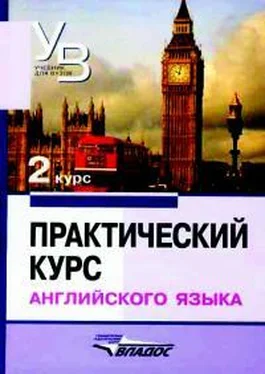







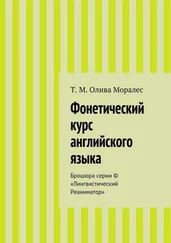

![Владимир Аракин - Практический курс английского языка 3 курс [calibre 2.43.0]](/books/402486/vladimir-arakin-prakticheskij-kurs-anglijskogo-yazyk-thumb.webp)






